Bridging The Difference: French and Vietnamese Fusion In Architecture Style
Colonial French architecture has graced Hanoi for approximately 200 years and has become one of the city’s most enchanting characteristics. Today, numerous buildings, villas, and public structures featuring French design are preserved to retain their original features and elements. These historic edifices not only represent the long history of Hanoi, which spans over a millennium, but also symbolize a harmonious blend of Western architecture, particularly French influences, with the nuanced elements of traditional Vietnamese architecture and Eastern aesthetics in general.
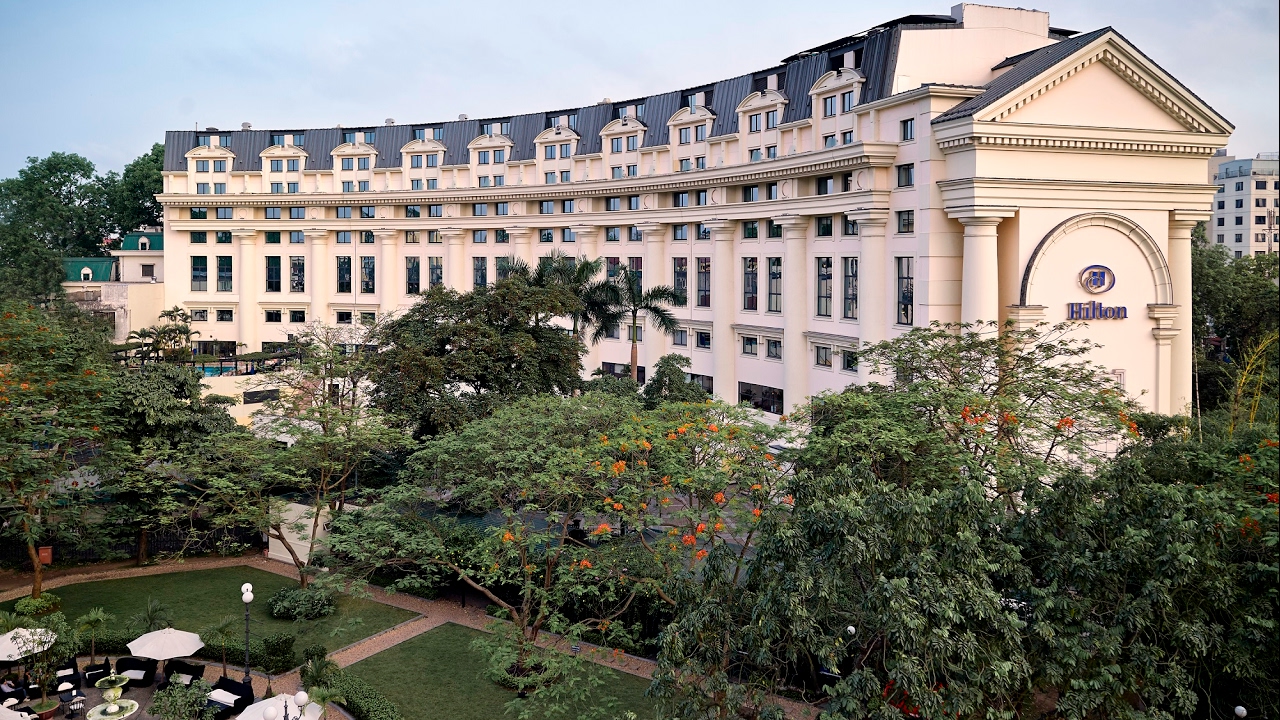 Photo: Hilton.com
Photo: Hilton.com
During the expansive construction campaigns initiated by the French colonial powers in the early 20th century, particularly in the 1910s and 1920s, the primary objective was to supplant traditional Vietnamese architecture with a wholly Western architectural style. As a result, many buildings from that era were designed in strict Western styles such as Art Deco, Modernism, or Neo-Gothic, often devoid of Eastern or Vietnamese architectural elements.
However, these Paris-inspired constructions quickly encountered significant challenges. They not only clashed with the historical context of Hanoi as a city steeped in Eastern traditions, but also proved ill-suited to the country’s climate, which is characterized by intense heat and humidity.
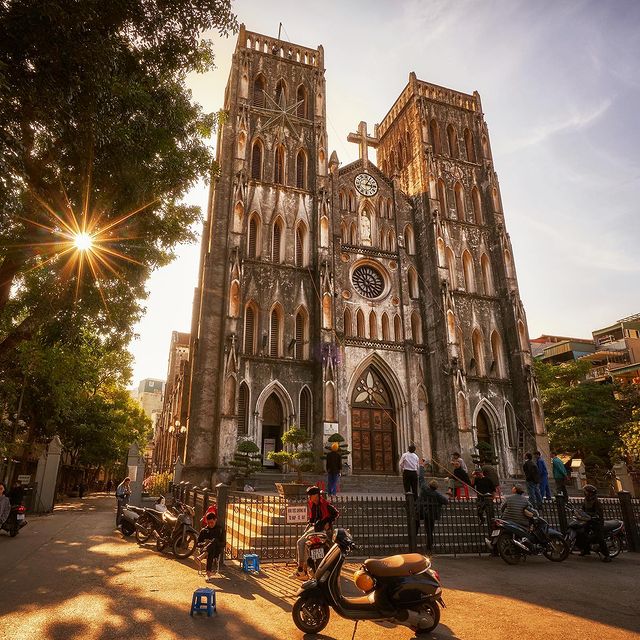 Photo by @vladimirzhoga
Photo by @vladimirzhoga
In response to these challenges, both French and Vietnamese architects were motivated to research and develop new architectural styles that retained the modern functionality of Western designs while accommodating local climatic conditions. This collaboration led to the emergence of a new architectural style termed Indochina architecture.
This innovative style incorporated various adaptations in areas such as layout, furnishings, and construction materials. Buildings designed in the Indochina style often maintain the basic structural forms typical of French architecture, yet exhibit more refined and sophisticated exterior designs that showcase Vietnamese motifs in their roofs, windows, and doors. The interiors of these homes feature a mix of Vietnamese-style furniture alongside modern Western elements, creating a unique ambiance that reflects both tradition and modernity.
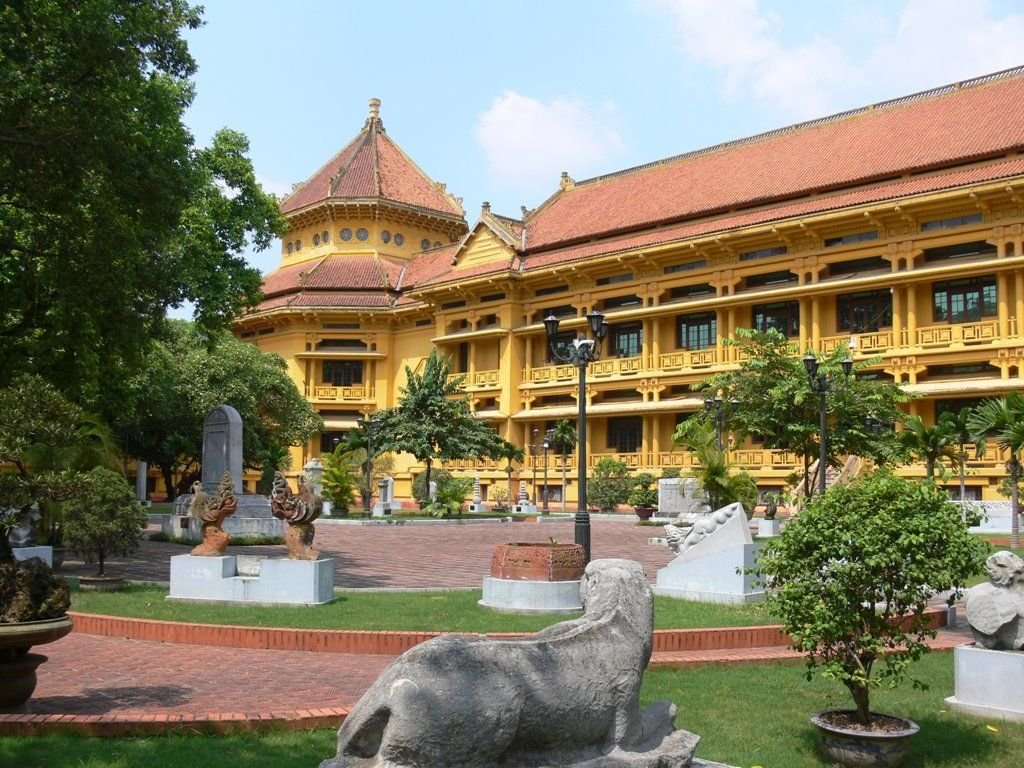 Photo by @phananhtan
Photo by @phananhtan
Additionally, the windows and doors in these structures are designed to be larger, maximizing the influx of natural light and airflow. This change enhances the interior atmosphere, making the spaces feel more open and vibrant while simultaneously addressing moisture issues.
Another notable integration between the two architectural styles is the inclusion of lush gardens adorned with vibrant flowers, varying in size according to the available space on the property. This feature echoes the concept of the traditional Vietnamese “garden-house,” which remains popular not only in Hanoi but throughout Vietnam, embedded within the framework of modern French architecture.
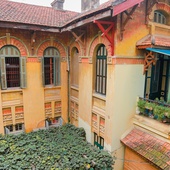
Hanoi's Colonial Architecture
Although the French colonial period came to an end a long time ago, much of the French arts and deco style are still imprinted in the architecture of Hanoi.
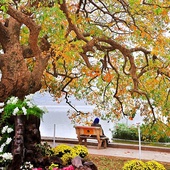
Feel Hanoi's Colonial Old Charm In Autumn
A hustle and bustle Hanoi now is suffering from rapid urbanization, yet looming in the city noise is an old Hanoi with its delicate architecture and marvelous flower smell.
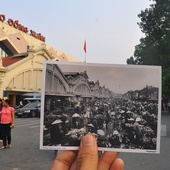
French Architecture's Roles Through Times in Hanoi
Recalling the dreadful war that French brought to Hanoi, people often think of what they had left there after one hundred years of colonization as well.








